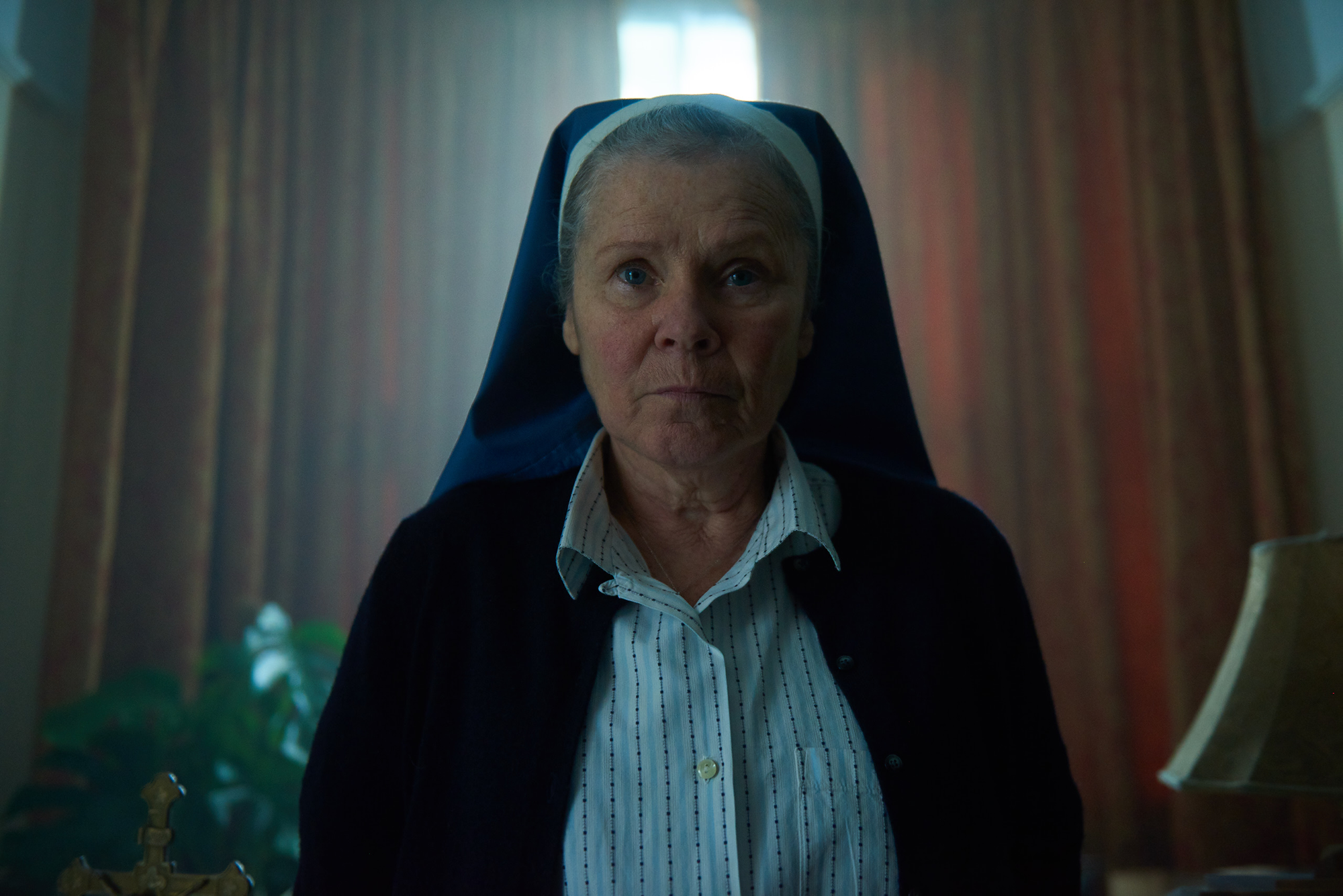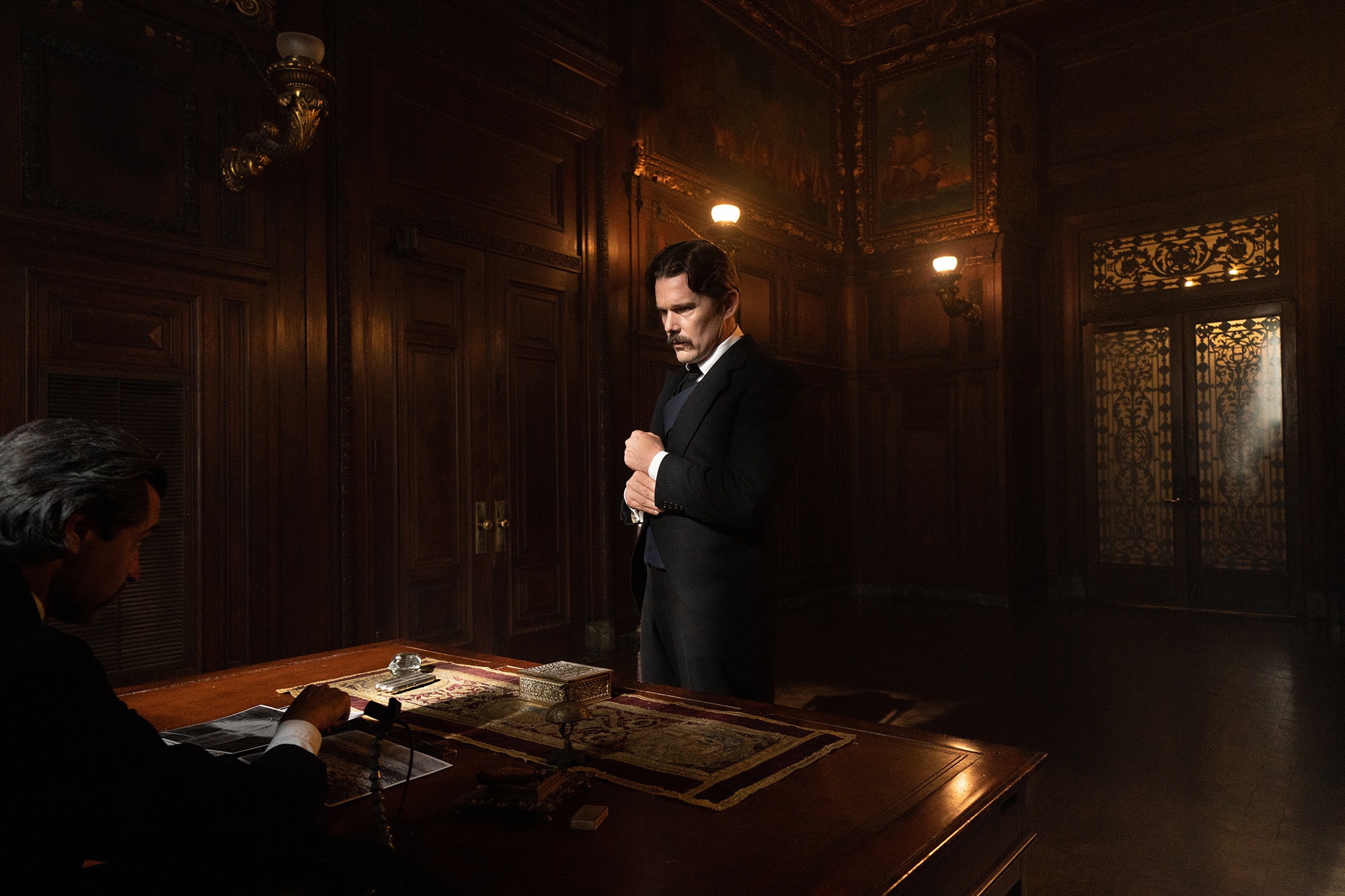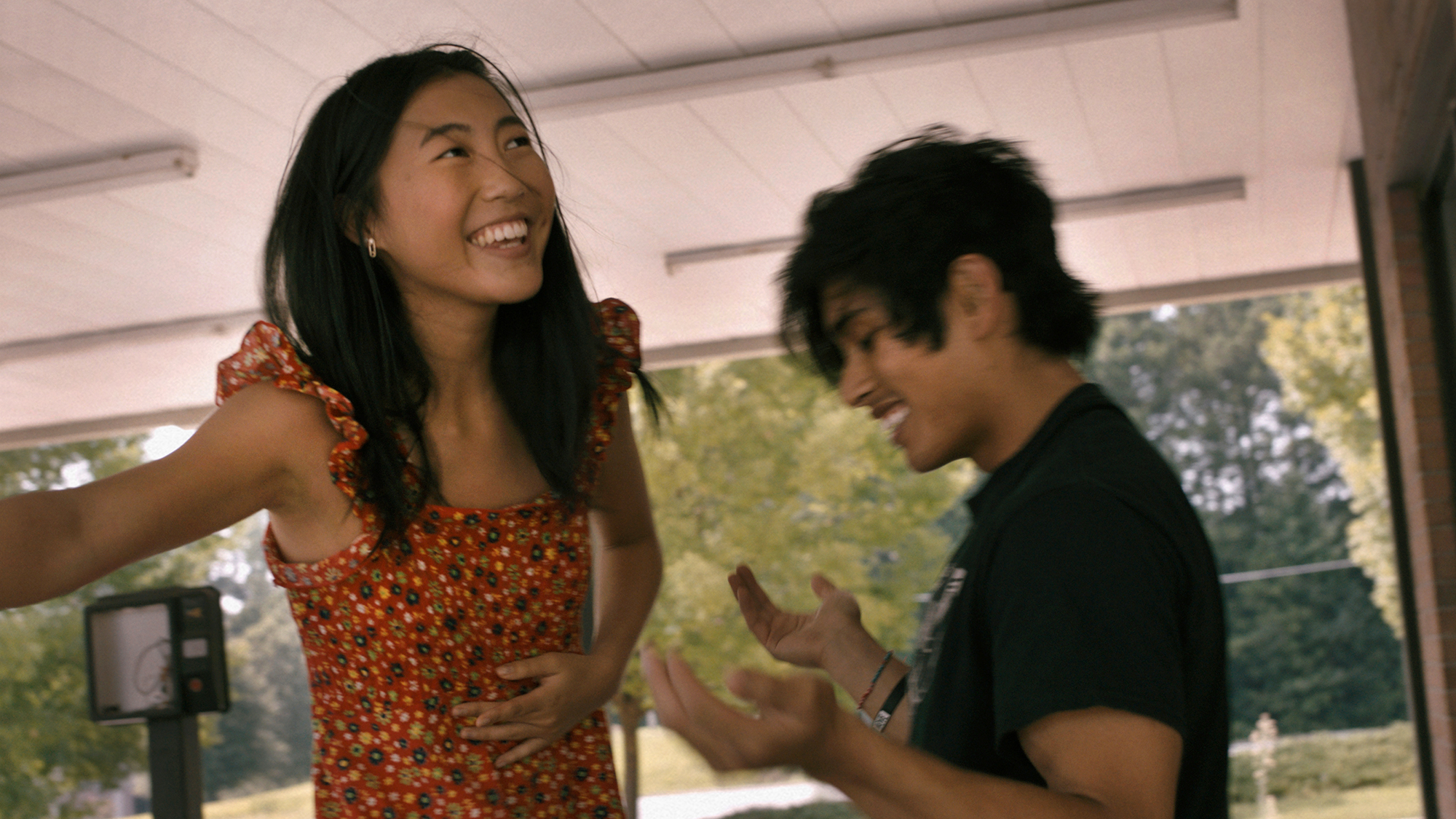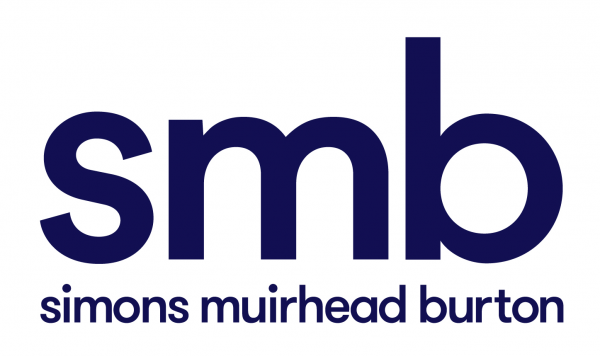More than 50 projects at this year’s film festival used Blackmagic Design gear.

“Amulet” was graded using Blackmagic Design
Blackmagic Design today announced that more than 50 projects at the 2020 Sundance Film Festival used Blackmagic Design gear, including its digital film cameras, DaVinci Resolve Studio editing, grading, VFX and audio post production software, and more.
“The Killing of Two Lovers” was edited and graded in DaVinci Resolve Studio, and as Director Robert Machoian noted, “It was my first time editing in DaVinci Resolve Studio, so I took a chance, but I wanted to test the workflow and see if this could be a future workflow for me. I have to say, I’m so thankful I took the risk! Editing was smooth and organized, and when it came time to turn the project over to my colorist, it was so simple. For me, DaVinci Resolve Studio is my post production software from now on.”
Some of the Sundance Projects that Used DaVinci Resolve and DaVinci Resolve Studio:
- “The 40-Year-Old Version” was graded by Nat Jencks of Goldcrest Post;
- “Amulet” was graded by Max Horton using facilities at Film Shed;
- “And Then We Danced” was graded by Alexandra Pocquet;
- “The Assistant” was graded by Sofie Friis Borup of Company 3;
- “Beast Beast” was graded by Sean Wells of Roast n’ Post;
- “Black Bear” was graded by Kath Raisch of Company 3;
- “Charm City Kings” was graded by Sam Daley of Deluxe;
- “Charter” was graded by Dylan R. Hopkin of Nordisk Film ShortCut Oslo using a DaVinci Resolve Advanced Panel;
- “The Cost of Silence” was graded by Brian Hutchings at Different by Design;
- “Cuties” was graded by Charles Freville;
- “Disclosure: Trans Lives on Screen” was graded by Luke Cahill at The Garrison;
- “The Dissident” was graded by Luke Cahill at Different by Design;
- “Dream Horse” was graded by Rob Pizzey of Goldcrest Post using a DaVinci Resolve Advanced Panel;
- “Tesla” was graded by Svetoslav Mateev of Nu Boyana Film Studios using a DaVinci Resolve Advanced Panel;

“Tesla” was graded using Blackmagic Design.
- “Ema” was graded by Luis Quevedo at Atomica in Chile;
- “Epicentro” was graded by Jimmi Kurt Hennrich of 1z1screenworks;
- “The Evening Hour” was graded by Joe Gawler of HARBOR, and VFX artist Alex Noble of Wild Union Post also used DaVinci Resolve Studio for stabilization and VFX prep work;
- “Exil” was graded by Colorist Nazzareno Neri and DP Matteo Cocco using a DaVinci Resolve Mini Panel;
- “Giving Voice” was graded by Luke Cahill at Pilgrim Media Group;
- “The Go-Go’s” was graded by Joanne Rourke of Deluxe Toronto;
- “Hey Lady!” was graded by Ryan Ruskay using a DaVinci Resolve Mini Panel;
- “Jumbo” was graded by Lionel Kopp;
- “The Killing of Two Lovers” was edited by Robert Machoian and was graded by Drew Tekulve;
- “La Leyenda Negra” was graded by Marco Amaral of The Yellow Color;
- “LANCE” was graded by Luke Cahill at Different by Design;
- “Leap of Faith: William Friedkin on the Exorcist” was graded by Dave Krahling of Milkhaus, LLC;

“Beast Beast” was graded using Blackmagic Design
Some of the Sundance Projects that Used Blackmagic Design Cameras and Gear:
- “The Earth Is Blue as an Orange” DP Viacheslav Tsvietkov used a Blackmagic Production Camera 4K;
- “La Llorona” used DaVinci Resolve Studio for the creation of dailies and LUTs on set, as well as a Video Assist 4K for monitoring and reference playback;
- “Nine Days” DP Wyatt Garfield used a Blackmagic Pocket Cinema Camera for select shots and an UltraStudio Express capture and playback device;
- “The Painter and the Thief” Director Benjamin Ree used a Pocket Cinema Camera; and
- “Possessor” DP Karim Hussain used a Pocket Cinema Camera for some live playback on set.
View full list on blackmagicdesign.com








